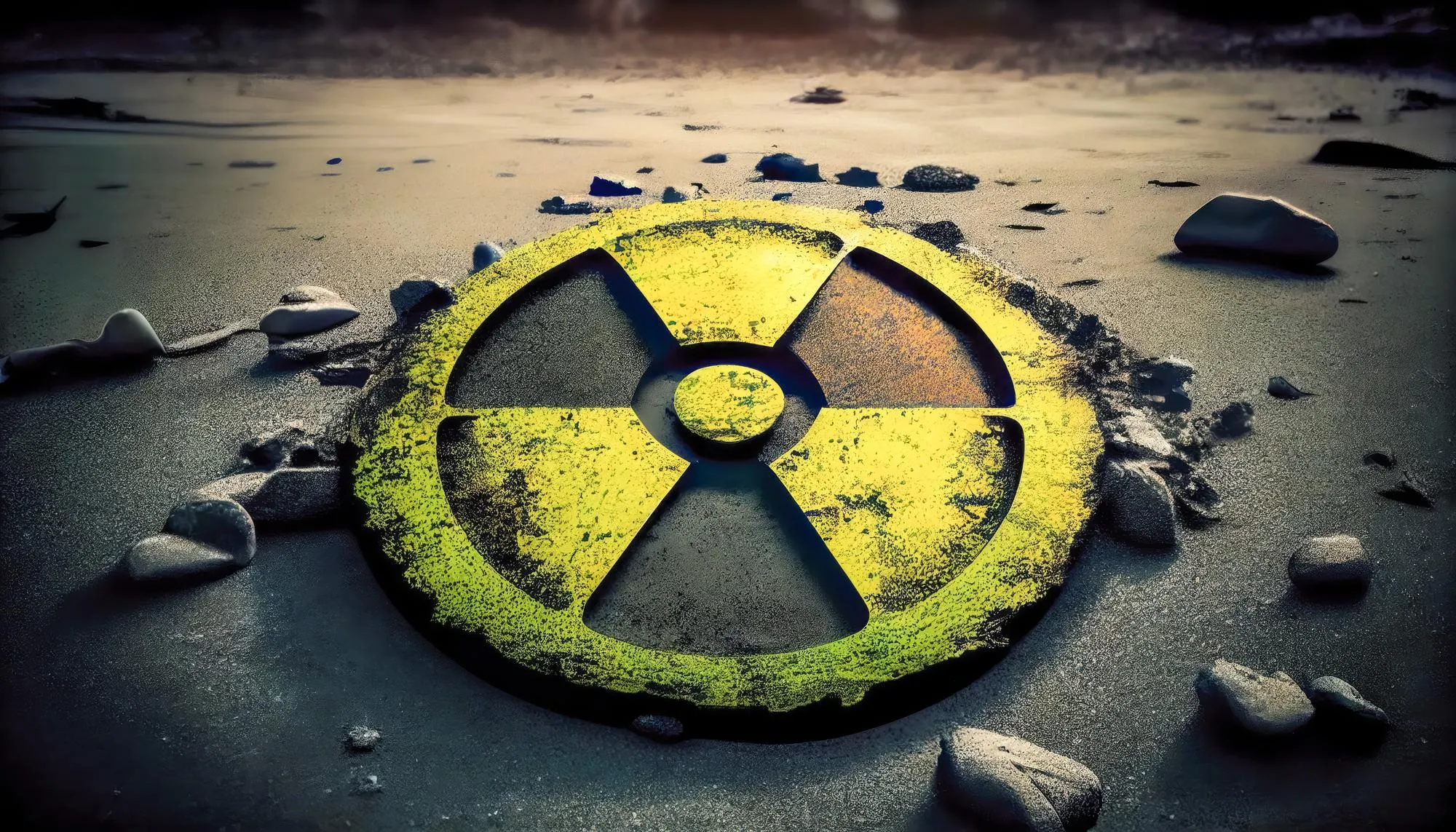Researchers from the prestigious Tsinghua University have recently announced a major advancement in the analysis of uranium using Laser-Induced Breakdown Spectroscopy (LIBS). This spectroscopic technique, accustomed to hindrances from plasma properties, which lead to signal inconsistencies and matrix effects, has been revamped by integrating a novel pre-processing method, an extended version of the Total Number Density Compensation (ETNDC), led by principal researcher Gu Weilun and colleagues. Published in the prominent scientific journal Analytica Chimica Acta, this study significantly elevates the standard for uranium quantification by enhancing the accuracy and robustness of LIBS measurements. (DOI: 10.1016/j.aca.2023.342167)
The ETNDC method, tested on complex yellow cake samples, strives to reduce the challenges posed by divergent plasma properties by utilizing a weighted combination of spectral lines from all principal elements within a sample. This strategy compensates for the vital factors of temperature and electron density in the plasma, delivering a significant improvement to the repeatability and analytical performance of uranium assays.
The typical validation set and a combination of spectral lines used in the research demonstrated a marked reduction in the mean Relative Standard Deviation (RSD) of uranium lines, from 4.92% to a mere 2.27%. Furthermore, the average Root Mean Square Error of Prediction (RMSEP) and the RSD of predictions declined from an initial 4.81% and 1.92% to an exceptional 1.93% and 1.56%, respectively.
Gu Weilun, a key researcher at the State Key Laboratory of Power System Operation and Control at Tsinghua University, along with colleagues Hou Zongyu, Song Weiran, Ji Jianxun, Yu Xiang, Liu Jiacen, Song Yuzhou, Li Zheng, and Wang Zhe, have made a comparative assessment against baseline methods. These comparisons strongly suggest that the ETNDC outperforms traditional methods both in terms of average performance and robustness across 10 validation sets and a selection of 216 line combinations.
Despite the reliance of LIBS on accurate spectroscopic parameters, challenges persist in the form of varying plasma properties that lead to inaccuracies in quantification. However, with the ETNDC now explicitly addressing both temperature and electron density variations, the team has been able to sidestep the reliance on less reliable spectroscopic parameters. Instead, they’ve opted to fit the related quantities with known concentration information, thereby streamlining the analytical process.
“For the first time, this extended approach to number density compensation ensures that the variations in plasma properties do not skew the results of uranium measurements, paving the way for more accurate assessments crucial to numerous sectors, including the nuclear industry and environmental monitoring,” stated Gu Weilun.
This methodological pivot holds promise not only for uranium determination but potentially for other elemental analyses where accuracy and reliability are paramount. Thereby, it represents a significant step forward in analytical spectroscopy and in the monitoring and regulation of nuclear materials, signaling an era where precision in chemical measurement can be achieved despite the inherent complexities of sample matrices.
The research, backed by the State Key Laboratory of Power System Operation and Control and the Tsinghua-Rio Tinto Joint Research Centre for Resources, Energy, and Sustainable Development, among others, proves that concerted efforts in science can lead to transformative techniques enhancing global standards in precision measurement.
Keywords
1. Uranium determination
2. Laser-Induced Breakdown Spectroscopy
3. Total Number Density Compensation
4. Spectroscopic analysis
5. Plasma properties
References
1. Gu, W., Hou, Z., Song, W., Ji, J., Yu, X., Liu, J., Song, Y., Li, Z., & Wang, Z. (2024). Extended total number density compensation for uranium determination by laser-induced breakdown spectroscopy. Analytica Chimica Acta, 1288, 342167. https://doi.org/10.1016/j.aca.2023.342167
2. Cremers, D. A., & Radziemski, L. J. (2006). Handbook of Laser-Induced Breakdown Spectroscopy. John Wiley & Sons.
3. St-Onge, L., Kwong, E., Sabsabi, M., & Vadas, E. B. (2002). Quantitative analysis of pharmaceutical products by laser-induced breakdown spectroscopy. Spectrochimica Acta Part B: Atomic Spectroscopy, 57(7), 1131-1140. https://doi.org/10.1016/S0584-8547(02)00053-9
4. Fortes, F. J., & Laserna, J. J. (2010). New challenges and insights in the detection and spectral identification of organic explosives by laser-induced breakdown spectroscopy. Spectrochimica Acta Part B: Atomic Spectroscopy, 65(10), 975-986. https://doi.org/10.1016/j.sab.2010.07.009
5. Anzano, J., & Lasheras, R. J. (2008). Laser-induced breakdown spectroscopy for on-line control of heavy metal pollutants. Environmental Monitoring and Assessment, 135(1-3), 1-9. https://doi.org/10.1007/s10661-007-9700-4
The research community anticipates further exploration and development of ETNDC for a wide array of applications beyond uranium analysis, which may reveal additional potentials this technique holds for the future.
